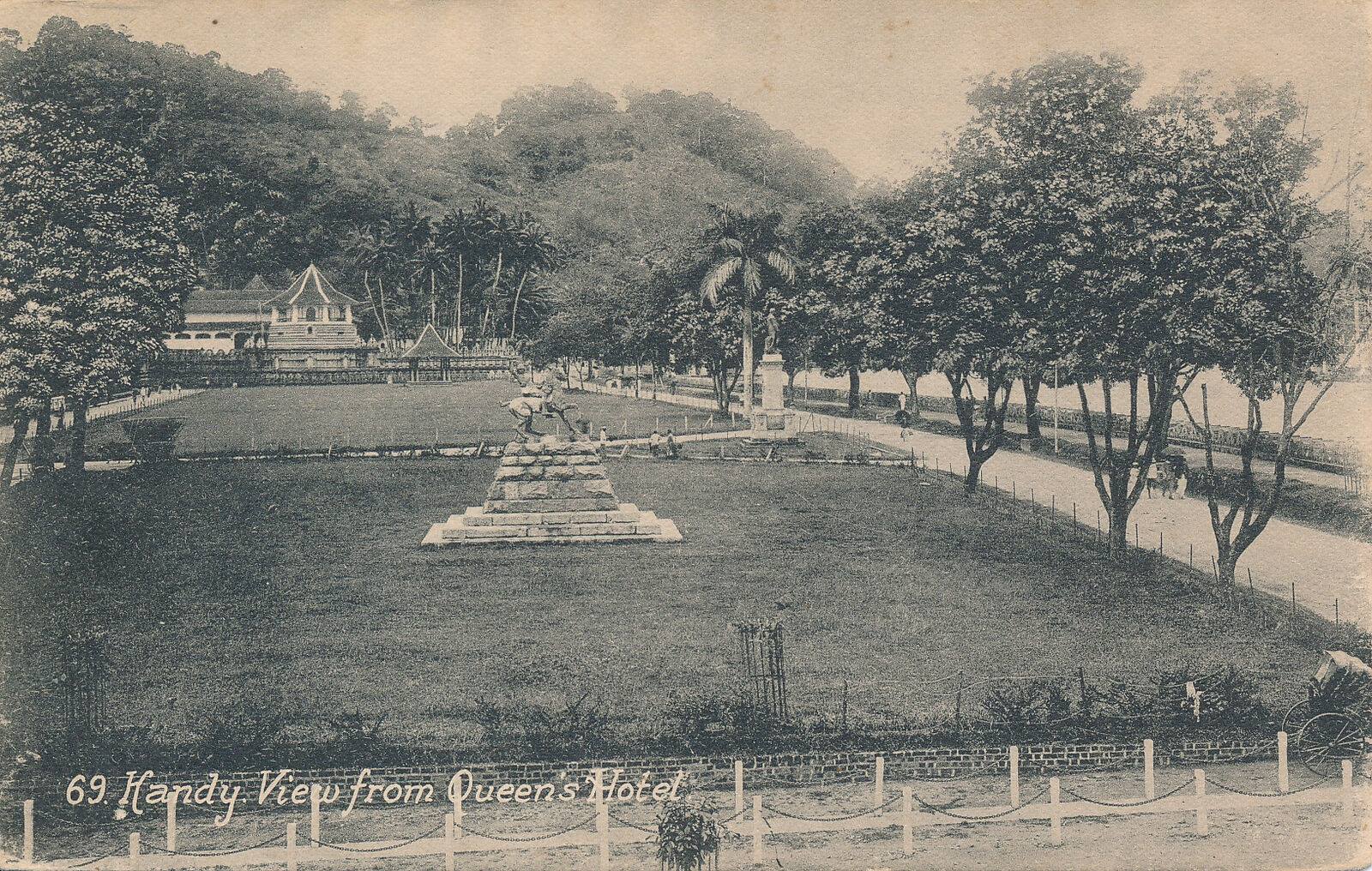Ploughing Elephants in Ceylon
වගා පාළු කරන අලි දැක්කට වගා කරන අලි දැකලා තියනවද?










































Photo Credits: Cornell University Library Digital Collection
Figure 1: Elephant ploughing old illustration, Ceylon (nowadays Sri Lanka). Created by Therond and Huyot after Andrasy, published on Le Tour du Monde, Paris, 1860
At one time in Sri Lanka, elephants were used to plough the paddy fields same as water buffaloes. They’ve used giant wooden ploughs as you can see in the figure 2. It was titled “A native farmer and his huge helper: elephant carrying home the plow after the day's work” (ca. 1902) and got from Underwood & Underwood (American photography studio and publisher) collection.
 |
| Figure 2: Elephant carrying home the plow after ploughing the rice fields |
Following description was attached to this stereograph.





















“We meet this Sinhalese farmer in the interior of Ceylon. – off the south end of Hindostan. (Ceylon is in the same latitude as Liberia and the Isthmus of Panama.) This species of elephant, the muckna**, is native to the Ceylonese forests and differs from the African species in having very short tusks or no tusks at all. This docile beast was born in the jungle and caught there when full grown; such has for 2,400 years been the convenient Ceylonese way of securing a servant of his sort and many of his kin are exported to the mainland of Hindostan.
This Sinhalese plough would not take a prize at an American agricultural fair; indeed, the British government in endeavoring, through the establishment of schools of agriculture and experiment stations, to teach the use of more effective apparatus and methods. The beast has been dragging this plough over the muddy surface of a paddy (rice) field. If required, he could easily drag two such ploughs at once, or when the time comes, two pairs of harrows and a roller besides. His strength is prodigious, and being well trained, his intelligence makes him the most capable of workers. It is worthwhile to spend some time and trouble on his education, for, if no accident befalls, he is likely to live to the good old age of a hundred and thirty, serving the grandchildren of that boy who walks beside him!
The price of an ordinary working elephant like this is only about $180, and an untrained animal is cheaper still; but the would-be purchaser does well to consider the cost of feeding him. His appetite is prodigious. Today alone he will amiably dispose of perhaps 600 pounds of green fodder and 18 to 20 lbs. more of rice (they reckon about two pounds for each foot of his height) with buffalo butter and palm sugar for dessert, according to the liberality of his master.”





















In the figure 3 got from the same publisher titled “Native farming in tropical Ceylon: elephant plowing a paddy field”, you can see how the same elephant in figure 2 performing his work with that same plough he carried.
 |
| Figure 3: Elephant plowing a paddy field with a wooden plough |
Even though this is not a practice currently followed in Sri Lanka, still the hill tribes of Thailand uses elephants to plough their rice fields rather than buffaloes. In the First World War, British were also used circus elephants to plough their fields.
Photo Credits: Cornell University Library Digital Collection
**muckna - Term for tuskless male elephants
in India. In Sri Lanka the term is aliya or pussa.



Comments
Post a Comment